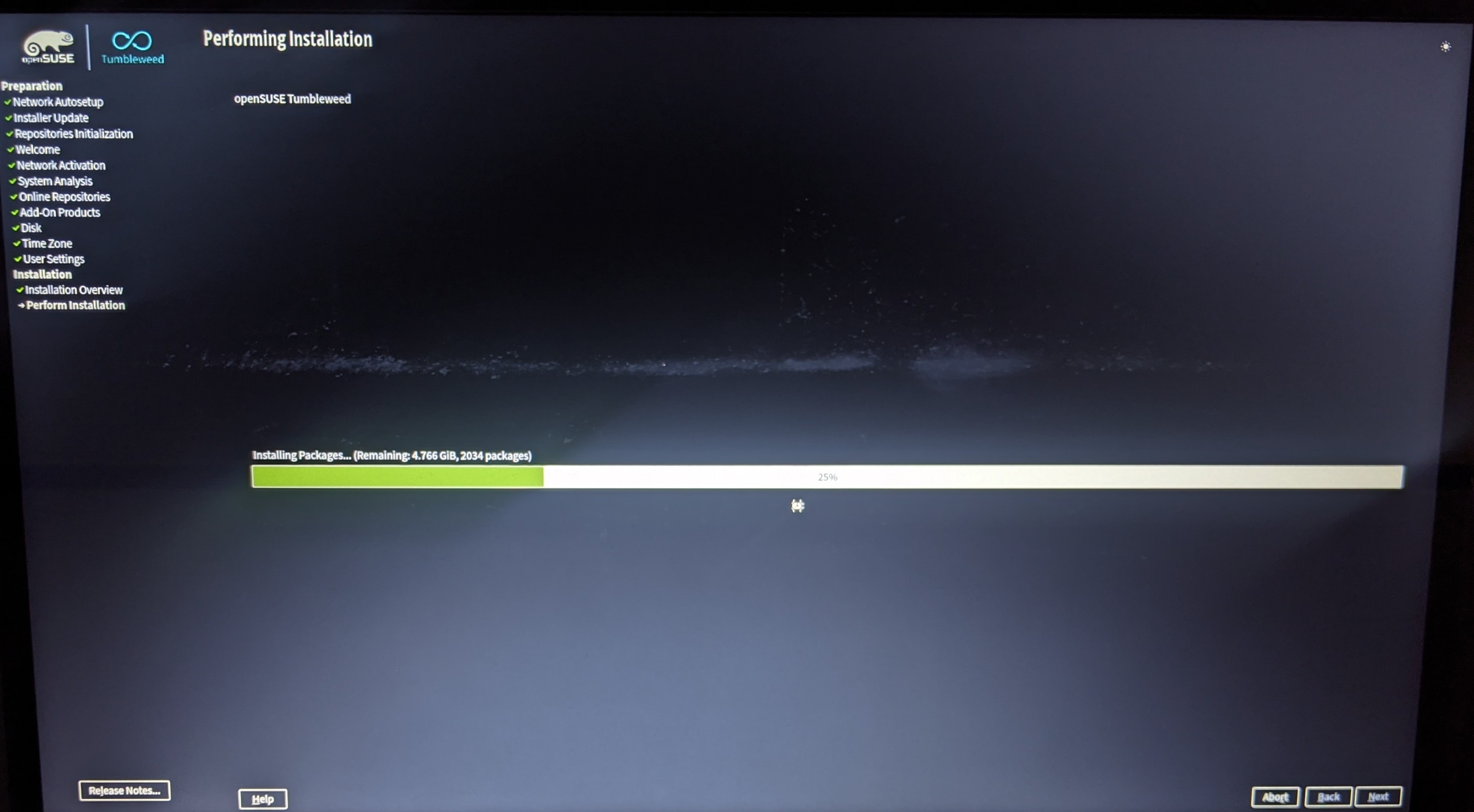this post was submitted on 10 Apr 2024
203 points (93.6% liked)
Linux
59222 readers
455 users here now
From Wikipedia, the free encyclopedia
Linux is a family of open source Unix-like operating systems based on the Linux kernel, an operating system kernel first released on September 17, 1991 by Linus Torvalds. Linux is typically packaged in a Linux distribution (or distro for short).
Distributions include the Linux kernel and supporting system software and libraries, many of which are provided by the GNU Project. Many Linux distributions use the word "Linux" in their name, but the Free Software Foundation uses the name GNU/Linux to emphasize the importance of GNU software, causing some controversy.
Rules
- Posts must be relevant to operating systems running the Linux kernel. GNU/Linux or otherwise.
- No misinformation
- No NSFW content
- No hate speech, bigotry, etc
Related Communities
Community icon by Alpár-Etele Méder, licensed under CC BY 3.0
founded 6 years ago
MODERATORS
you are viewing a single comment's thread
view the rest of the comments
view the rest of the comments

I am impressed, creating btrfs sub-volumes in a debian installation with muscle memory would look like magic to me (as a linux-beginner).
The partitioning and filesystem stuff feels very unsorted and confusing for me.
But if all the standard settings are ok for you and you only have to hit enter, I guess the installer is ok.
I mean yes, generally the standard settings are fine for my deployments so that’s what I’m talking about. I agree the partitioner leaves something to be desired though.